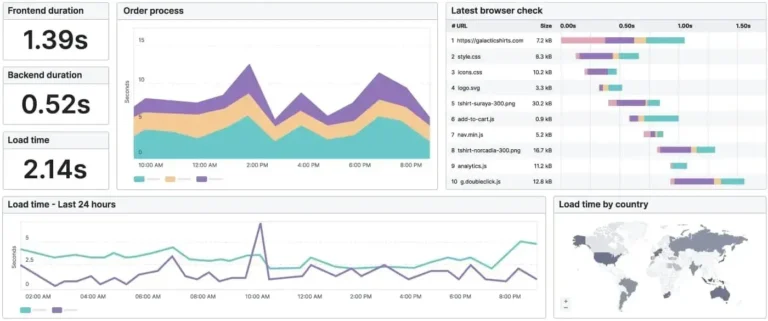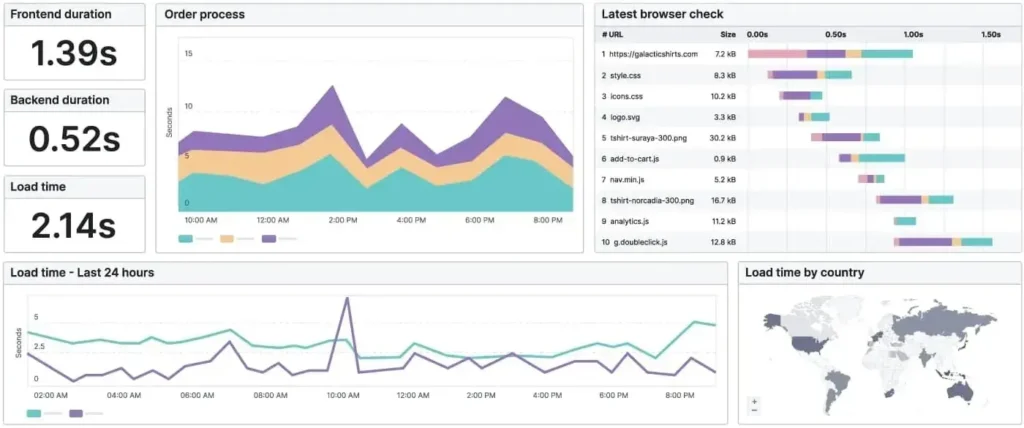When businesses think about websites, they often picture a pretty design or a fresh logo. But here’s the truth: design alone doesn’t pay the bills. A slow site with clunky navigation, outdated layouts, and poor mobile performance is a silent revenue killer. And in the last few years, I’ve worked with brands across corporate, e-commerce, and education sectors who came to me with exactly that problem.
Their sites looked fine on the surface but underneath? Six-second load times, checkout processes that confused users, and SEO structures that left them invisible to Google. Marketing teams were spending money to bring traffic in, only to lose customers at the door. That’s where I stepped in — not just as a developer, but as a strategist who could reimagine their digital foundations.
The Starting Point: Broken Experiences
Take a typical corporate site I inherited: outdated templates, broken navigation paths, and a bounce rate that showed users weren’t sticking around. Or an e-commerce brand where carts were being abandoned daily because the site took too long to load and the checkout journey required five clicks too many. Education portals had their own struggles — students couldn’t easily find content or sign up, leading to frustration and drop-offs.
These weren’t isolated cases. They reflected a bigger truth: a bad website experience eats into trust, engagement, and revenue.
The Vision: A New Standard for Web
From the beginning, my goal wasn’t just to “fix” these websites. I wanted to rebuild them around four principles:
-
Speed first — sites that load in under two seconds.
-
User-centric design — journeys that feel intuitive, with no friction.
-
SEO baked into architecture — so every page works for visibility, not against it.
-
Scalability — systems that can grow with the brand instead of holding them back.
This meant combining design thinking with deep technical execution. It wasn’t just about looking better, but about performing better where it mattered: engagement, conversions, and sales.
The Build: Where Strategy Met Execution
We started with wireframing and mapping user journeys — simplifying navigation, shortening checkout funnels, and making content easier to discover. From there, I developed custom WordPress themes with reusable components, giving each client flexibility to launch new pages quickly while staying brand-consistent.
On the performance side, I pulled every lever available: lazy loading images, integrating CDNs, minifying scripts, and optimising databases. One site that used to take six seconds to load dropped below two. Another education platform cut content loading time by a third, which meant more students stuck around long enough to complete sign-ups.
And because SEO couldn’t be an afterthought, I engineered automated schema markup, metadata systems, and structured clustering. This gave every site a better chance to rank while freeing teams from tedious manual updates.
The Impact: Measurable and Meaningful
The results were immediate and tangible.
-
A corporate website that had been bleeding visitors cut its bounce rate by 22%, while session durations jumped, signalling stronger trust.
-
An e-commerce brand saw a 27% sales uplift after checkout redesigns and faster page loads. Repeat purchases increased because customers finally had an experience they trusted.
-
An education portal loaded 35% faster and achieved an 18% jump in student sign-ups, proving that performance directly drives growth.
Every project reinforced the same lesson: good design wins attention, but performance converts it into results.
Why This Matters Today
In today’s competitive market, a website isn’t just a digital storefront. It’s the engine of growth. If your site makes a customer wait, they’ll leave. If navigation feels confusing, they won’t buy. If search engines can’t read your structure, your visibility collapses.
That’s why I don’t approach websites as “projects.” I see them as long-term growth systems. The UI/UX and WordPress builds I deliver are designed to evolve with businesses — fast, SEO-ready, and easy to scale.
The Road Ahead
I’m already pushing into the next wave: AI-assisted design tools to speed up prototyping, global component libraries that adapt across multi-brand portfolios, and analytics baked into the fabric of design so every choice can be tied back to measurable outcomes.
Because at the end of the day, a website isn’t just about pixels on a screen. It’s about performance, trust, and growth. And that’s exactly what I set out to build.








